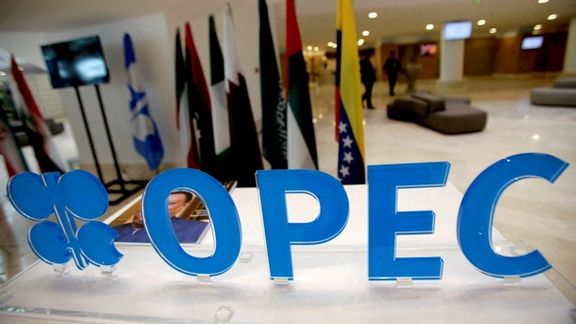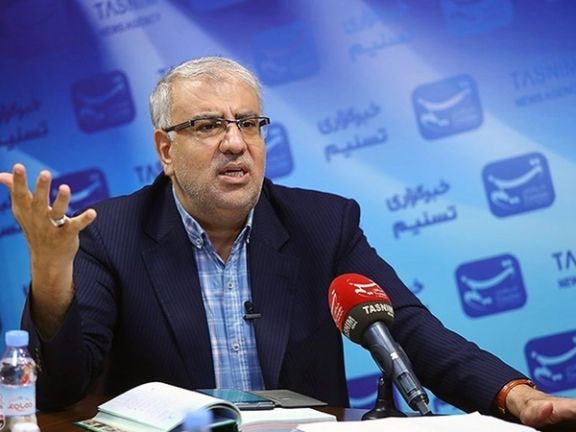Iran Says A Meeting In Vienna With Saudis Discussed Investments

Iranian Oil Minister Javad Owji and Saudi Arabia counterpart Prince Abdulaziz bin Salman met on the sidelines of the OPEC conference in Vienna on Wednesday.

Iranian Oil Minister Javad Owji and Saudi Arabia counterpart Prince Abdulaziz bin Salman met on the sidelines of the OPEC conference in Vienna on Wednesday.
However, the source of the news is Iran’s government news agency IRNA, and so far, there have been no reports from the Saudi side on the meeting.
The two countries renewed diplomatic ties in March after seven years of animosity, in a deal negotiated by China, opening the way to potential bilateral cooperation in different fields.
"Owji and bin Salman discussed bilateral issues between Iran and Saudi Arabia, including investment in the oil and gas industry and exploring the possibility of joint investments," IRNA said.
"Issues such as hydrocarbon trade and the development of common fields were also among the topics of discussion."

Tehran has been trying to imply that the resumption of relations with Riyadh will bring an economic windfall, and that the Saudis are ready to invest in Iran’s energy sector, which is controlled by the state and by dozens of companies affiliated with the Revolutionary Guard.
The Iranian regime, hard pressed by an economic crisis and popular opposition at home, often uses diplomatic developments to give hope to the population that the economy will soon improve.
Iran needs around $240 billion in investments to overhaul its energy sector suffering from decades of neglect, however, the United States has an array of sanctions in place going back to mid-1990s, that would make any foreign investment highly unlikely.
A dispute over maritime boundaries in the Western end of the Persian Gulf, where there are proven gas and oil deposits, has flared up in recent days, as both Kuwait and Saudi Arabia have underscored that the field is within their boundaries and Iran should negotiate to determine the extent of its jurisdiction in the area.

Citing the foreign ministry, Saudi state news agency SPA said on Tuesday that the kingdom enjoys “full rights” along with Kuwait to the disputed gas and oil field, a declaration that came after Tehran said it was preparing to start drilling.
It is not clear from the IRNA report if the issue was discussed in Vienna between the two oil ministers. Iranian government media this week have been silent about the maritime dispute.
Called Arash in Iran and Durra or Dorra by Saudi Arabia and Kuwait -- the offshore field was discovered in 1967 and is estimated to have a total proven reserves of around 310 million barrels of oil and 20 trillion cubic feet of gas.
Iran claims any development without its consent breaks international laws, insisting that 40 percent of the field is in its territorial waters. However, Saudi Aramco Gulf Operations Company signed a Memorandum of Understanding in December with Kuwait Gulf Oil Company (KGOC) to develop the joint gas field, leaving Iran out of the project. Outraged by the snub, Iran said it has a stake in the field and called the Saudi-Kuwaiti agreement "illegal".
Within OPEC, Iran is exempt from production cuts agreed with Russia because it has exported less than its quota since 2018, when former US President Donald Trump withdrew from the 2015 JCPOA nuclear deal and imposed sanctions on Tehran.
Lately, Iran has boosted daily exports to around 1.5 million barrels from a low of around 250,000 in 2019-2020, but that is still below its OPEC quota.